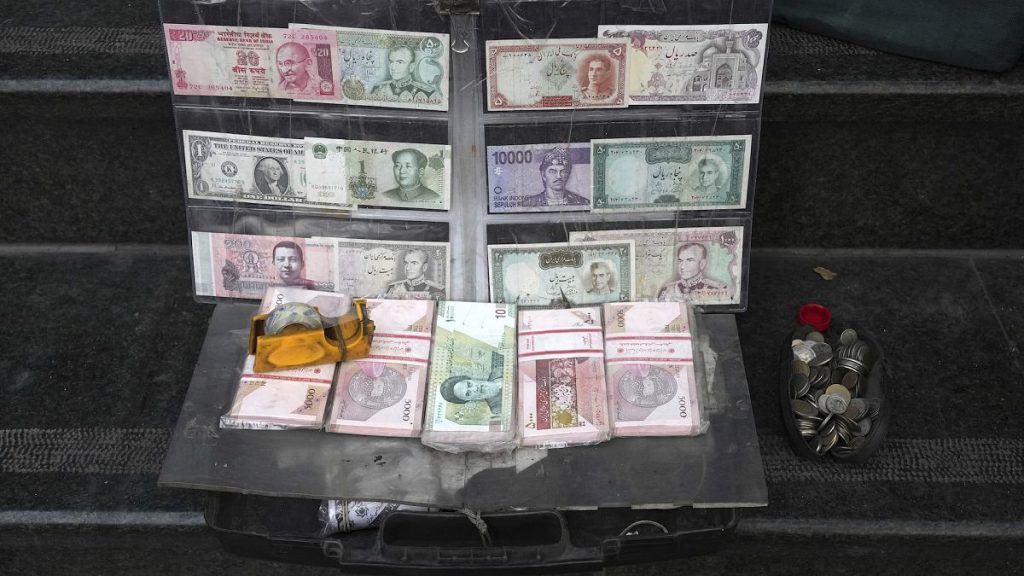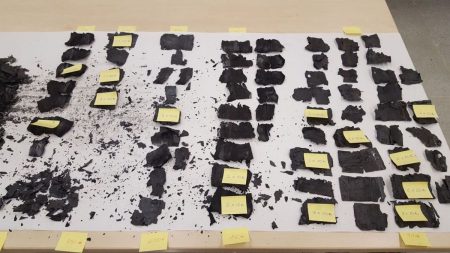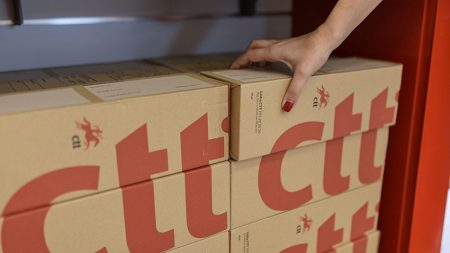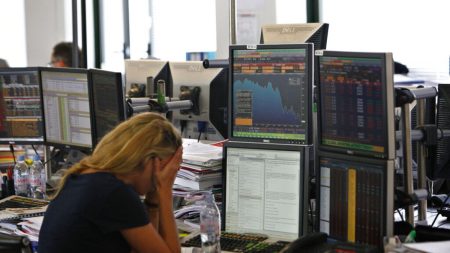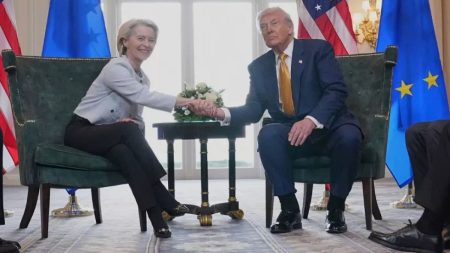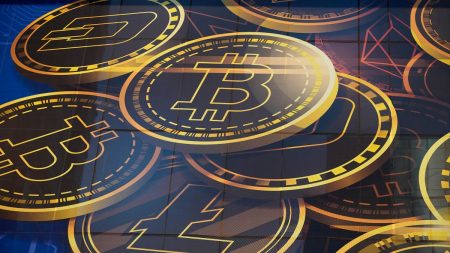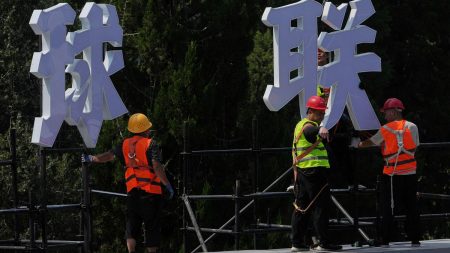The Iranian rial plummeted to a historic low against the US dollar, exacerbating the nation’s economic woes and underscoring the deep-seated challenges facing the country. This dramatic devaluation, with the rial trading at over 777,000 to the dollar, represents a significant decline since November 2016 when Donald Trump won the US presidential election, and an even more precipitous drop from the 32,000 rial to $1 exchange rate during the 2015 Iran nuclear deal. This currency crisis is intertwined with a multitude of factors, including international sanctions, domestic energy woes, and regional conflicts, creating a complex and precarious situation for Iran.
The freefall of the rial has been attributed in part to the lingering impact of Trump’s withdrawal from the 2015 nuclear accord, a move that reinstated crippling sanctions on Iran’s economy. These sanctions, targeting key sectors like oil and finance, have severely restricted Iran’s access to international markets and curtailed its ability to generate much-needed foreign currency. This shortage of hard currency, coupled with increased demand, has fueled speculative trading and further depreciated the rial. The Central Bank’s attempts to stabilize the currency through injections of foreign reserves have proven insufficient to stem the tide of devaluation, reflecting the deep underlying pressures on the Iranian economy.
Concurrent with the currency crisis, Iran grapples with a severe energy shortage that has forced the closure of schools, universities, and government offices. This energy crisis, exacerbated by harsh winter conditions, highlights the long-term consequences of under-investment and sanctions on Iran’s energy sector. Despite possessing vast reserves of oil and natural gas, years of neglect and restricted access to technology have hampered Iran’s ability to meet domestic energy demands, leading to rolling blackouts, gas shortages, and widespread disruption. This energy deficiency not only disrupts daily life but also undermines economic activity, further contributing to the downward spiral of the rial.
The convergence of these economic and energy crises unfolds against a backdrop of continued tensions with the West over Iran’s nuclear program. Iran’s enrichment of uranium to near weapons-grade levels has raised international alarm and further strained relations, making it difficult to negotiate a new agreement to lift sanctions. While President Pezeshkian, elected after the death of his predecessor, campaigned on a platform of reviving the nuclear deal and easing sanctions, achieving this goal has proven elusive. The lingering distrust and the complex geopolitical landscape have hindered progress towards a resolution, leaving Iran’s economy vulnerable to continued pressure.
Adding to Iran’s difficulties is its deep involvement in regional conflicts. Its support for various militant groups across the Middle East, including Hamas in Palestine, Hezbollah in Lebanon, and the Houthi rebels in Yemen, has stretched its resources and further complicated its relationship with international powers. These regional engagements not only drain financial resources but also contribute to Iran’s international isolation, making it more difficult to attract foreign investment and stabilize its economy.
The combination of economic sanctions, energy shortages, nuclear tensions, and regional conflicts has created a perfect storm for the Iranian economy, driving the rial to unprecedented lows and inflicting hardship on the Iranian people. The devaluation of the rial erodes purchasing power, fuels inflation, and diminishes the value of savings, impacting the lives of ordinary Iranians. While the government attempts to mitigate the crisis through interventions in the currency market, the underlying structural challenges require more comprehensive and long-term solutions. The path to economic stability for Iran remains fraught with obstacles, demanding a complex interplay of domestic reforms, international diplomacy, and regional de-escalation. The future trajectory of the rial and the Iranian economy hinges on the ability to navigate these challenges effectively and forge a path towards sustainable growth and stability.




